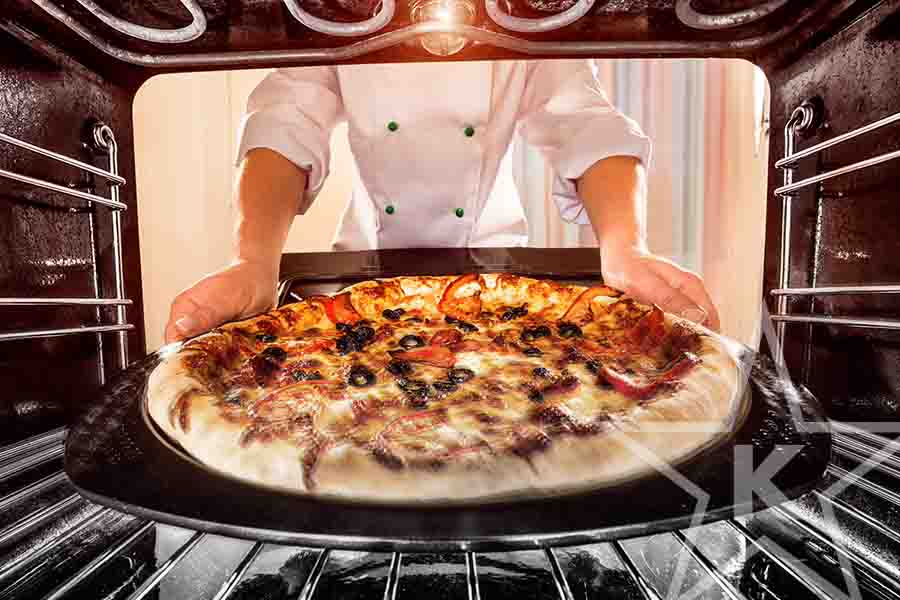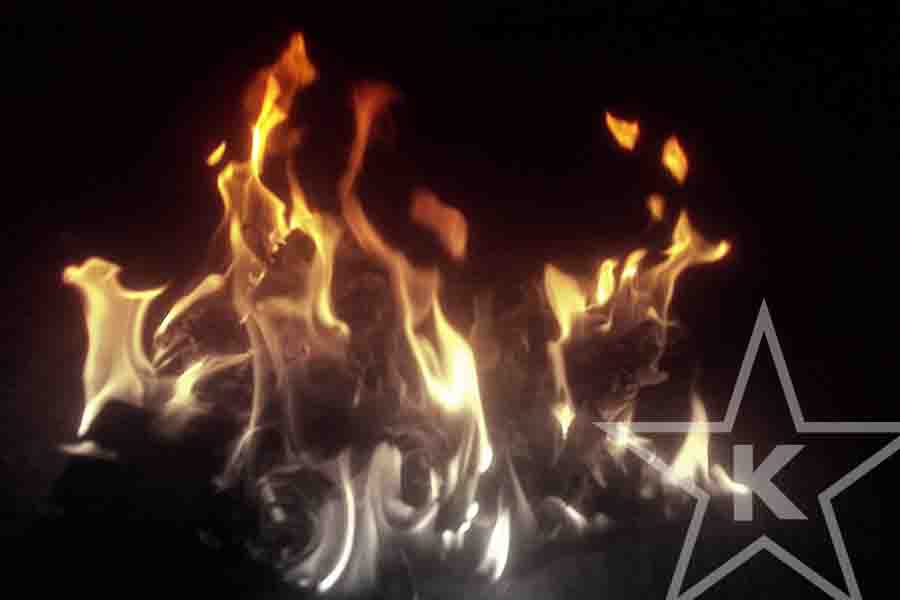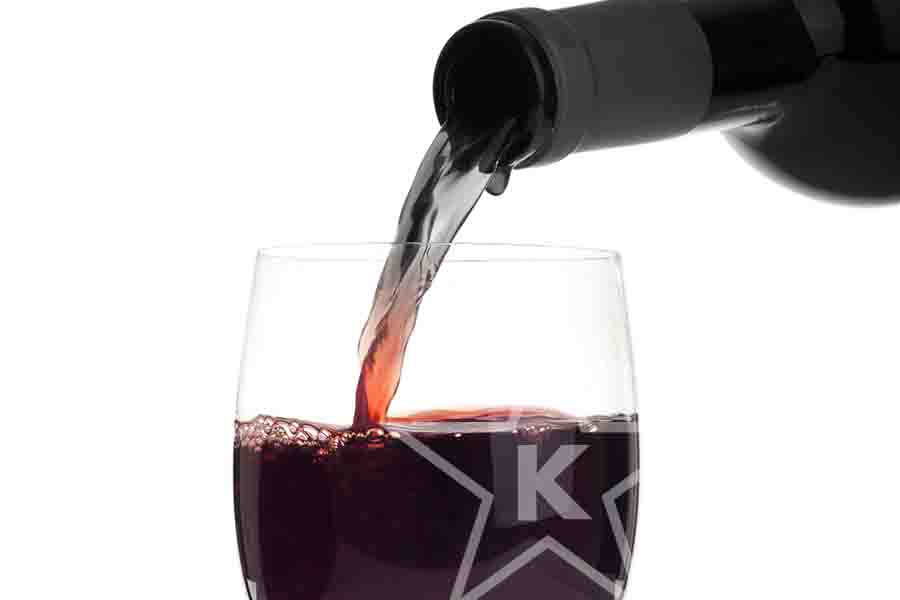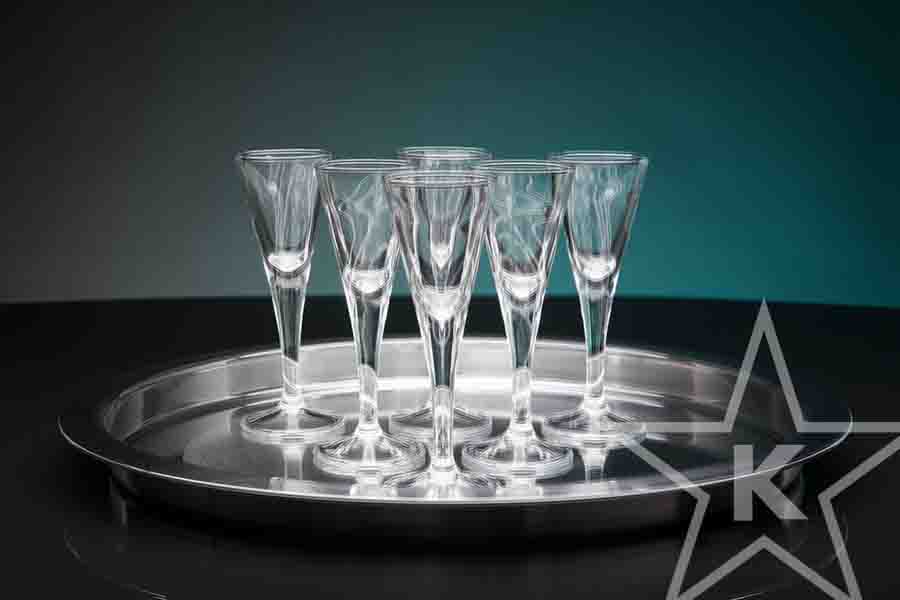Spring 2016
If your kitchen is equipped with four ovens – for meat, dairy, pareve and fish – you don’t need to read this article. However, if you do not have such a luxury, you will find various halachic details enumerated below quite relevant.
There are numerous factors involved in an oven “going back and forth” between meat and dairy or using an oven for fish or pareve.1 They include the following:
The oven: Is it clean? Was it kashered? When was it last used?
The food: Is it liquid? Is it covered? When was it prepared?
Does the question arise to do the action l’chatchila (I can do this) or is it only okay bedi’eved (it already happened)?
NOTE: The halachos addressed are based on the psak of HaRav Moshe Heinemann shlit”a, STAR-K Rabbinic Administrator.2 This article addresses issues only involving regular gas or electric ovens. It does note address […]





 STAR-D
STAR-D STAR-S
STAR-S